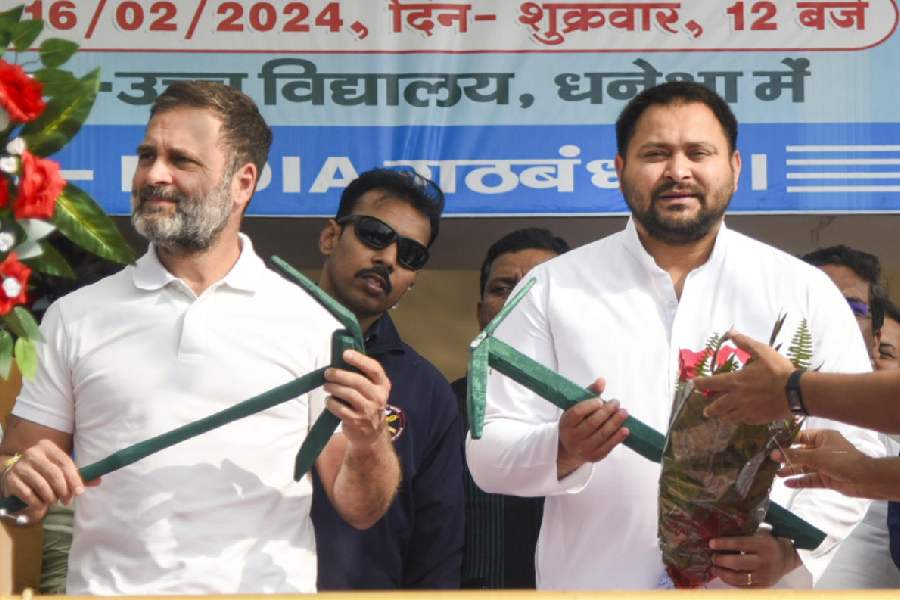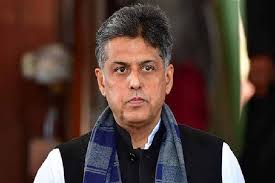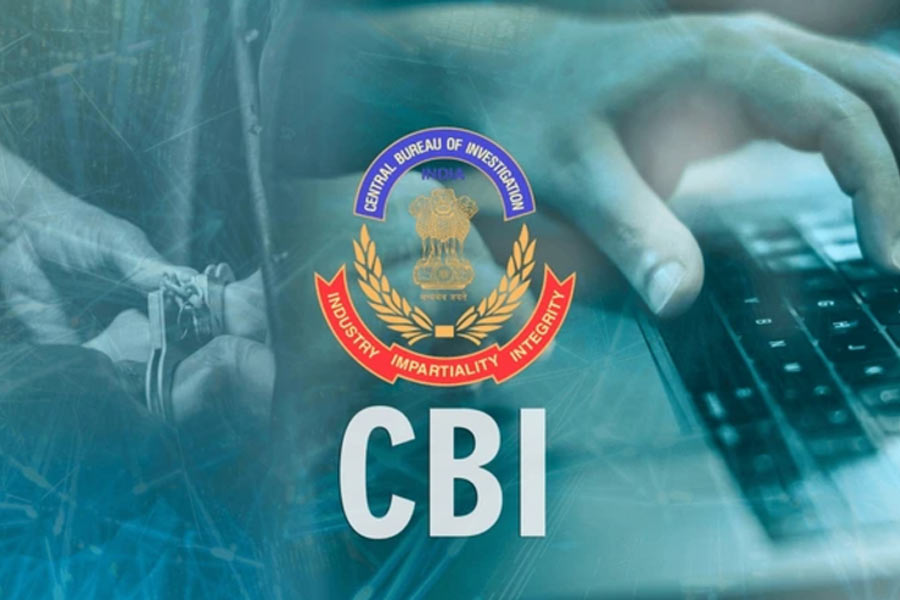If opinion surveys are to be believed, the incumbent National Democratic Alliance appears poised for another victory in Bihar, despite the waning popularity of the chief minister, Nitish Kumar, and a palpable mood of dissatisfaction with the government’s performance — attested by those very surveys. Should that come to pass, it would echo the pattern witnessed in Maharashtra and Haryana last year, and in Madhya Pradesh in 2023.
What does it mean when governments, particularly those of the NDA, are re-elected almost by default, without any clear programmatic mandate? Does it reflect satisfaction of a silent welfarist or communal majority, or the passive acceptance of a status quo by a demobilised population? More profoundly, is this phenomenon a reflection of a ‘stable democracy’ or a ‘managed democracy’?
By most accounts, Nitish Kumar has failed to deliver on his 2015 promise of Saat Nischay (Seven Resolves) — improved provision of an array of public goods. In fact, the slogan of the Janata Dal (United)’s 2020 campaign exuded a rather modest appeal: “Kyun karen vichaar… theek hi toh hain Nitish Kumar”. His latest term saw the launch of Saat Nischay 2 — a sequel marketed like a Bollywood franchise, with a revised menu of promises (employment replacing skill development, for instance). Also, not to be forgotten is the fact that the chief minister switched three times between rival camps in this duration, rendering tenuous the whole notion of democratic accountability. Without pre-judging the actual outcome of the election, the NDA’s continued advantage and intact social coalition in Bihar are enough to compel reflection on the questions posed earlier.
The features of a managed democracy become evident in two key dimensions: the professionalisation of electoral campaigning and the depoliticisation of the public sphere. Each of these aspects warrants closer examination. The first feature can be gleaned from the near universal adoption of the professional-managerial model in the election campaigns for Bihar, as elsewhere. There is little that is fresh or substantive in the political communication of the JD(U) and the Bharatiya Janata Party beyond banking on the usual ‘trust’ factor evinced by Brand Modi and Brand Nitish Kumar. The latter has been amply boosted by the strategic injection of massive cash ‘welfare’ transfers over the past year — timed and calibrated with the precision of a well-gamed engineering operation. Meanwhile, the Congress campaign, from tactics to tickets, is being overseen by Krishna Allavuru, a former management consultant whose impressive resume runs from Boston Consulting Group and KPMG to co-founding Shaadis.com; he directed Rahul Gandhi’s fortnight-long Voter Adhikar Yatra.
Lastly, in a Dr Frankenstein-style twist, the big three are being menaced by their once-upon-a-time campaign czar, Prashant Kishor, who has turned the magic of his brand-making abilities back onto himself. The electronic coverage of the elections has been swamped by Kishor’s interviews, where he sets about playing a suave outsider returning ‘Swades-style’ to transform his backward native state, armed with noble intentions and pithy technocratic solutions. After all, if all there is to politics is the art of conjuring up an appropriate leadership brand, converting that brand valuation into political capital through the adept use of new media, and gaming every facet of electioneering through corporate-style data analytics and event management, why not set up your own shop doing it? When questioned about the sources of his party’s funding, particularly the tens of crores of his own funds that came from consulting for interested corporates, Kishor compared himself to Shah Rukh Khan trying to make it in nepotistic Bollywood.
Yet, this managerial model of electoral contests is merely a derivative symptom of a deeper phenomenon: the depoliticisation of the public sphere. Crucially, this depoliticisation is propelled less by a ruthless ruling party than by the ideological vacuity of the Opposition. The Opposition can make a reasonable case that the electoral field is rigged against it and can blame its misfortunes on a partial Election Commission and a captured mass media. But what about the broader political field? There, it is these parties that have left an open field for the Hindu Right. There is no dearth of potential issues in Bihar for the Opposition to capitalise on, from landlessness and contract labour, unemployment and migration to police violence and bureaucratic apathy. Further, there is a wide overlap between this matrix of material inequality and social injustice and that of caste hierarchy, gendered violence, and the systematic exclusion of youth from opportunities. Taken together, these social facts point to a massive but untapped reservoir of grievances which can be mobilised into a dominant progressive coalition.
Why have the Opposition parties in Bihar (principally the Rashtriya Janata Dal and the Congress) failed to mobilise such a progressive coalition and compete with the NDA over the last decade? They possess no organisational ideology designed to mobilise progressive constituencies. By organisational ideology, we mean an ideology — a coherent set of ideas aimed at transforming society — that is embedded within an organisation, which is the apparatus that enacts the ideology through rolling political struggles. There are only two parties in the state which have an organisational ideology: the BJP and the Communist Party of India (Marxist-Leninist) Liberation. That is to say, an organisational structure which is built around mobilising constituencies through participative political action. In the case of the RJD and the Congress, as with the JD(U) and Jan Suraaj, what passes for ideology is free-floating political rhetoric belted from loudspeakers to ferment campaign sentiment around a plebiscitary supremo.
Rahul Gandhi, for instance, positions himself as the custodian of caste-based equity, championing the principle of proportional resource distribution — “Jiski jitni sankhya bhaari, unki utni hissedari.” Yet in the party’s ticket distribution, this principle is inverted. Upper castes, only 10% of the population, claim around 34% of party tickets. Meanwhile, extremely backward castes, who comprise 36% of the population, receive just 10%. Remarkably, Bhumihars, less than 3% of the population, have nearly the same representation as EBCs. For the Congress, hissedari in representation is determined less by demographic weight than by land, money, and local influence. Never mind the slogans. But the party’s attempts to woo marginalised groups consist of an ‘unprecedented’ EBC-specific manifesto containing inclusive promises. Yet, implementation would presumably depend on the same upper-caste, managerial elite that excluded EBCs from ticket distribution. Such a bullet-point potpourri of promises can hardly coalesce into a credible commitment.
Contrast this with the CPI(ML) Liberation, whose candidate roster primarily comprises Dalits and backward castes. More importantly, its organisational ideology — rooted in struggles over fair wages, land rights, police violence, and contract labour — directly informs its political practice. Ideas and action are inseparable, organically fused within an organisational culture.
The RJD exhibits a similar isolation from social reality. Yadavs, 14% of Bihar’s population, have received 36% of the tickets. Even among Yadavs, the party organisation remains the vehicle of a thin elite of landed and business ‘strong’ families, leaving most Yadavs in the same marginalised position as other backward castes. It is hardly surprising then that the party struggles to articulate a genuinely progressive agenda, one that could encompass the struggles of Dalits and EBCs. We need only glance at data from the Association for Democratic Reforms showing that between 2005 and 2020, MLAs/MPs of the RJD had average declared assets of Rs 2.14 crores, comparable to the JD(U), the BJP, or the Congress, highlighting elite entrenchment.
This pattern aligns with what the political scientist, Angelo Panebianco, described as the “genetic model of party organization”. Put simply, foundational choices become institutionalised, inscribing a “genetic code” which constrains future evolution. The RJD remains locked within Lalu Prasad’s strategy from the 1990s of anchoring the party in a backward-caste counter-elite tied to landed farmers and urban contractor/criminal interests. Consider the ticket granted to the son of the mafia politician, Mohammed Shahabuddin, in Siwan. Shahabuddin was a creature of the upper caste landlords and commercial elite, created to eliminate, quite literally, the burgeoning communist movement (Muslims form less than 15% of Siwan). That the RJD can find no better candidate in 2025 speaks its own story. The Congress, whose patronage of an upper caste nobility at the expense of developmental redistribution is the historical causa prima for Bihar’s pathetic state, cannot yet develop an organisational ideology for an era of mass politics, nearly four decades after Mandal.
In 1914, President Woodrow Wilson was quizzed by a journalist on the outcome he preferred from the then ongoing Mexican revolution. A “righteous government,” Wilson replied, justice for “the submerged eighty-five percent of the people of that country,” noting that freedom is always “attained by the forces working below, underneath, by the great movement of the people.” Bihar is yet to taste that freedom, courtesy of a party cartel upholding a managed form of democracy.
Asim Ali is a political researcher and columnist










